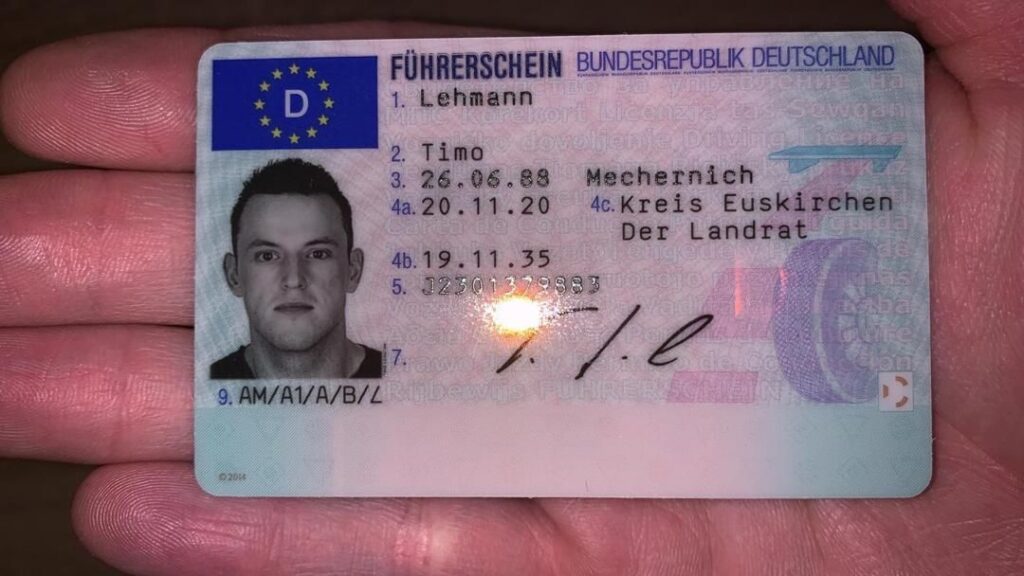Is Technology Making Road Traffic Regulations Better Or Worse?

본문
Understanding Road Traffic Regulations: A Comprehensive Guide
Road traffic regulations are important for ensuring the safety of vehicle drivers, pedestrians, and other road users. These laws govern the operation of vehicles, the habits of motorists and pedestrians, and assist in smooth traffic flow. This short article explores the numerous elements of road traffic guidelines, their importance, and some typical guidelines and guidelines that every roadway user ought to be familiar with.
The Importance of Road Traffic Regulations
Roadway traffic guidelines serve a number of crucial functions:
- Safety: They are primarily developed to protect the lives of people on the roadway, minimizing mishaps and injuries.
- Orderly Traffic Flow: By establishing clear rules, these guidelines help in managing the flow of vehicles and minimizing congestion.
- Protection of Pedestrian Rights: They make sure that pedestrian crossings and rights-of-way are respected, promoting more secure travel on foot.
- Environmental Considerations: Certain policies intend to reduce ecological effect, motivating eco-friendly driving practices.
- Legal Framework: They offer legal responsibility for drivers and pedestrians, marking charges for offenses.
Key Elements of Road Traffic Regulations
Understanding road traffic regulations is essential for compliance and safety. Below are some of the crucial elements:
| Element | Description |
|---|---|
| Traffic Signs | Different signs that offer information and instructions to motorists. |
| Traffic Signals | Lights that control the circulation of traffic at crossways. |
| Speed Limits | Optimum and minimum speed limitations set for different roadway types. |
| Right of Way Rules | Standards on which road users need to go initially at intersections. |
| Seat Belt Regulations | Laws mandating the wearing of safety belt for motorist and guests. |
| Driving Under the Influence | Rigorous charges for running a car while impaired by alcohol or drugs. |
| Car Registration and Licensing | Requirements for cars to be signed up and motorists to have valid licenses. |
Typical Traffic Regulations
Although traffic policies can differ from one nation to another, some common guidelines are usually observed worldwide:
1. Speed Limits
The majority of jurisdictions implement speed limits based on roadway type and location, such as:

- Residential locations: 25-35 miles per hour
- Urban locations: 30-50 mph
- Highways and highways: 55-70 mph
2. Drinking and Driving
Driving under the influence of alcohol or drugs is unlawful in many places. Typical blood alcohol concentration (BAC) limitations are:

- 0.08% for basic chauffeurs
- 0.00% for novice or industrial motorists
3. Seat Belt Usage
Seat belts need to be used by all residents in a lorry. Failure to comply can lead to fines.
4. Pedestrian Crossings
Motorists need to accept pedestrians at marked crosswalks and stick to signals directing pedestrian motion.
5. Cellphone Use
Using handheld gadgets while driving is forbidden in many locations to decrease diversions.
Frequently asked question Section
Q1: What should I do if I witness a traffic infraction?
If you observe a traffic infraction, you need to collect as much information as possible (car description, license plate number, area, Führerschein C1 171 ohne Prüfung kaufen Motorrad A1 Und A2 Kaufen; Ns1.Rdstroy.Info, and time) and report it to local law enforcement.
Q2: How can I stay updated on changes in traffic policies?
Traffic laws can change periodically. Updates are usually released by regional federal government sites. It is suggested to follow regional news or traffic police' announcements for any modifications.
Q3: Are there specific traffic policies for business motorists?
Yes, business drivers typically face stricter regulations, such as driving hour limitations, car examinations, and unique licensing requirements.
Q4: What occurs if I break traffic policies?
Charges for breaking traffic laws can include fines, points on your license, and in serious cases, FüHrerschein Kaufen Darknet imprisonment. Repetitive violations might result in the suspension of driving opportunities.
Q5: How do traffic regulations impact public transport?
Traffic guidelines are vital for mass transit systems to function effectively. They help in developing bus lanes, regulating taxi services, and guaranteeing that public transportation cars follow security standards.
Roadway traffic regulations play a critical role in keeping the security and order of highways internationally. Comprehending these laws is not simply a legal responsibility but a moral one that promotes the wellness of all roadway users. Continuously upgrading oneself about traffic guidelines and adhering to them can significantly lower the threats related to road travel. As communities evolve and Deutschen Führerschein online kaufen innovations enhance, these policies may also adjust, necessitating continuous knowing for chauffeurs, bicyclists, and pedestrians alike.
By keeping informed and staying compliant with roadway traffic policies, individuals contribute positively to the shared obligation of roadway safety, eventually decreasing mishaps and saving lives.







댓글목록0
댓글 포인트 안내